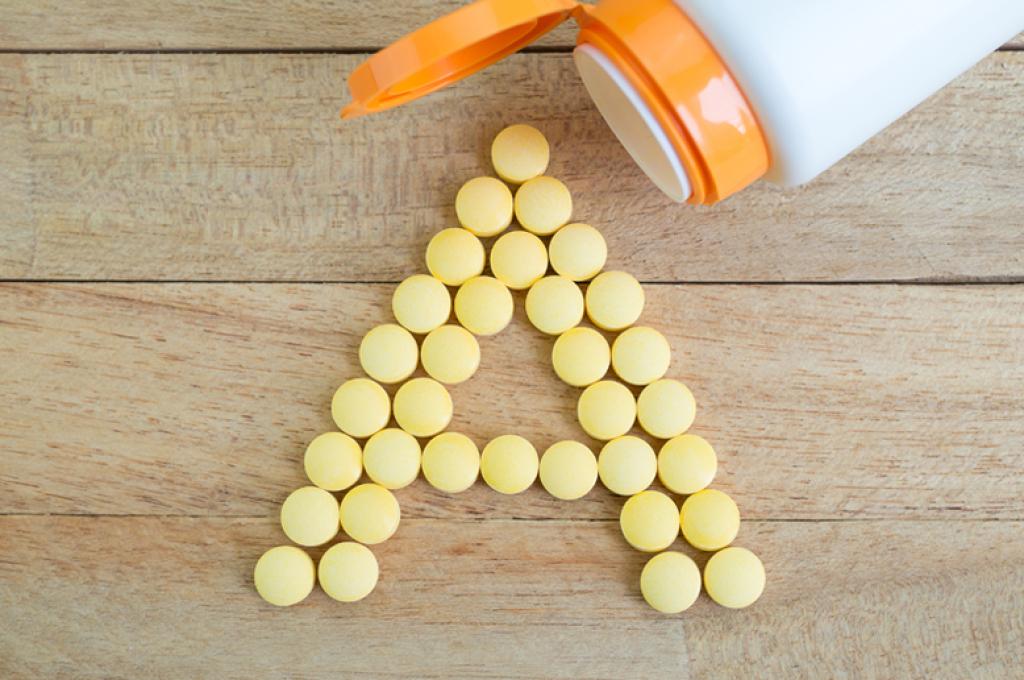In any Canadian classroom, there’s a good chance at least two students experience symptoms of Fetal Alcohol Spectrum Disorder (FASD); in some communities as much as 11 percent of kids do.
“People don’t like to think about that,” says Geoff Hicks, a researcher in medical genetics at the University of Manitoba. “This is a disorder that’s under people’s skin. Unlike autism, which is a similar disorder there’s not a lot of people advocating for kids with this disease, so they’re at a particular disadvantage.”
Driven in part by a desire to tip that balance, Hicks and his PhD student Berardino Petrelli, are closing in on what might be a simple, over-the-counter solution that could reduce these numbers.
Vitamin A — also known as retinol — has a similar molecular structure to ethanol, the alcohol we drink. If a woman drinks excessively during pregnancy, the enzymes that normally turn retinol into retinoic acid become preoccupied with detoxifying alcohol molecules. As a result, not enough retinoic acid, which is critical to brain formation, is produced. When that happens, the baby’s brain doesn’t form properly and they risk being born with FASD.
It has long been hypothesized that women trying to get pregnant could take a daily dose of vitamin A to make sure there’s enough retinoic acid present even if she consumes alcohol. Hicks and Petrelli say this could be similar to the recommendation that women who are trying to conceive take folic acid to reduce the risk of spina bifida.
“When you say it out loud, it sounds so simple,” says Petrelli, “which is exactly why it might work so well.”
As a result of Hicks’ and Petrelli’s recent work, a vitamin A recommendation is closer to being part of physicians’ routine prenatal advice. As experts in animal model genetics, their big contribution has come in the form of mouse models to test the vitamin A theory.
In 2010, Abraham Fainsod of the Hebrew University of Jerusalem developed a frog model to prove the alcohol-FASD link and the potential of vitamin A to prevent it. He found that adding alcohol to water where tadpoles were developing led to abnormalities of the brain and bones of the face and skull that signal FASD. When vitamin A was added to the water, those abnormalitiess did not appear.
Fainsod approached Hicks, the director of the University of Manitoba’s CFI-funded Mammalian Functional Genomics Centre, to help recreate the test in a mouse model, which is genetically much closer to humans than frogs. Hicks and his team engineered a mouse model that produced low levels of retinol at a critical stage of pregnancy, which allowed them to directly test the mechanism through which too little retinoic acid can contribute to FASD.
Using scanning electron microscopes, Petrelli found that embryos from the engineered mice showed the signature FASD malformations of the brain, face and skull. These results demonstrate that a low level of retinoic acid, such as when excessive alcohol is consumed, contributes to FASD — which means it’s possible that the disorder could be prevented if retinoic acid (or vitamin A) levels are given a boost by the mother taking a supplement.
“It’s exciting because we now have a good model to test things further,” says Hicks. “So, if we treat female mice with vitamin A, can we prevent FASD? We expect it to work. This is really important.”
Petrelli stresses that more studies are required to figure out what dose would be effective in humans and that any roll-out of the recommendation would need to be accompanied by a public education plan. “We don’t want to be in a situation where people take a bottle of vitamin A after a night out,” he says.
Still, the potential to quickly curtail a syndrome that affects such a high proportion of children, but that still flies under the radar for many people, has been highly motivating for both Hicks and Petrelli. “As a young researcher, you want to give back to the community,” says Petrelli. “I feel like this is an area where I can do that right away. This could have quite an impact.”





